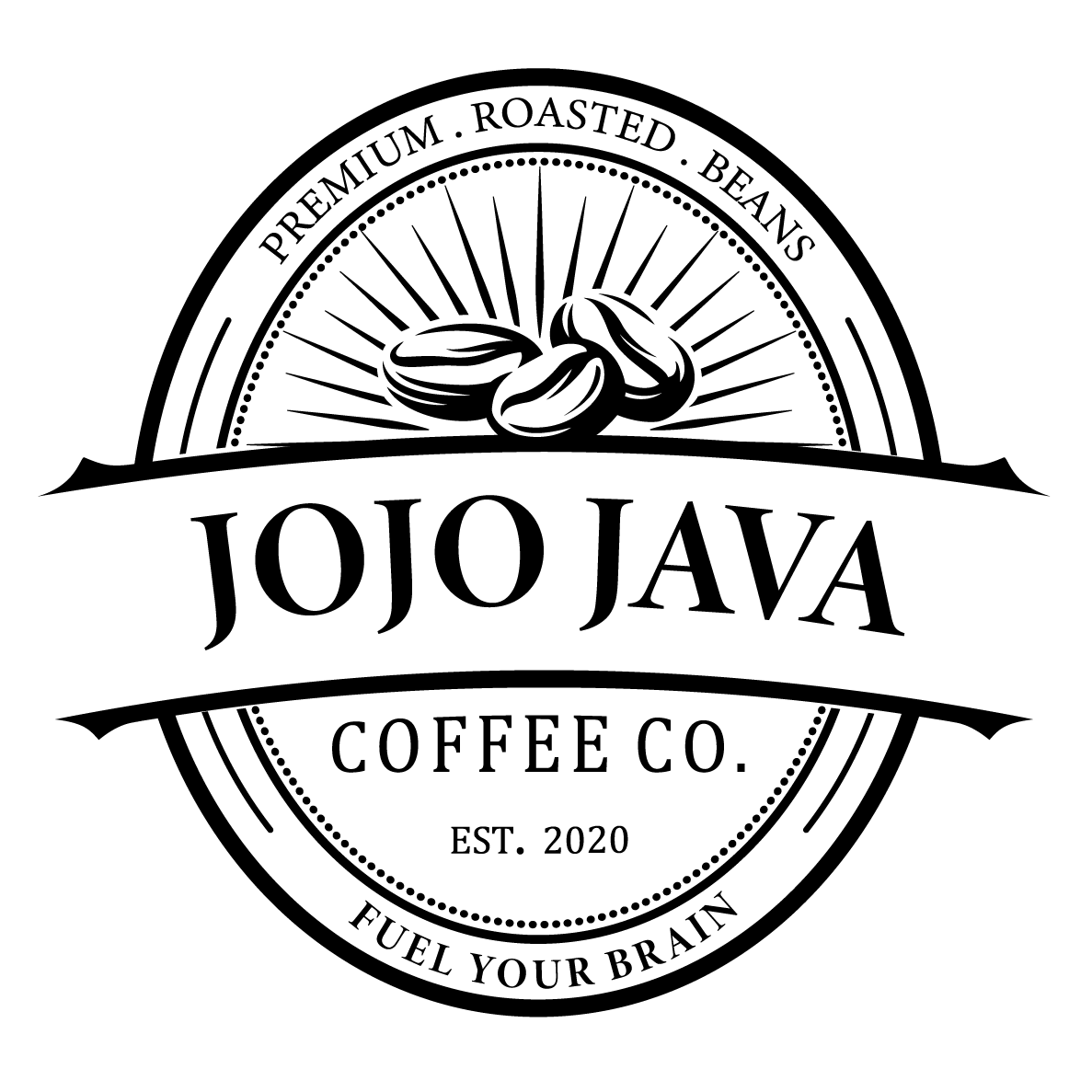As a world, and as a nation, we drink a lot of coffee. And since over 2.2 billion cups of coffee are brewed and consumed daily, coffee isn’t just a popular caffeinated beverage-- it’s also an important commodity that plays a strong role in the economy.
But with as popular and important as coffee is, there have been few innovations in the world of the beverage over the last couple hundred years. That is of course with the exception of one of the greatest coffee innovations of all time: the invention of the K-Cup.
But how did the K-Cup come to be? What is the origin story of this java hero that we drink on a daily basis? In this article, we’re going to explore the legend of the Keurig K-Cup® and how it transformed coffee.
A Quick Primer on the History of Coffee
To understand the history and innovative power of the K-Cup, we first need to look at coffee’s historical roots (or beans if you prefer). Thomas Jefferson called coffee “the favorite drink of the civilized world.” History tells us that coffee was brought over to New Amsterdam (what is now known as New York) by the British. At that point, the drink started to gain so much popularity that coffee houses started opening up all over. However, even though coffee was growing in popularity, tea was still the favored beverage of America… until King George III imposed a hefty tax on the popular drink. This increase in taxes led to the famous revolt we now know as the Boston Tea Party. After that infamous uprising, America’s preference shifted toward drinking coffee, and we’ve never looked back.
As time marched on, coffee continued to grow in popularity in spite of disruptions and challenges over the years: from the shortages and rationing imposed by World War I and II, and even the coffee crisis of 1989 (which led to fair trade coffee). But even in the face of many dips, coffee has continued to grow in popularity, and would always bounce back from any challenges that fell upon the industry.
But again, even in the wake of its staggering popularity, there were arguably no major innovations in the world of coffee for many years… until the birth of the K-Cup.
The Birth of the K-Cup
The K-Cup was created by Keurig®, the well-known coffee giant and household name. But as popular and successful as Kuerig is today, they started with much more humble beginnings. Two men, John Sylvan and Peter Dragone, founded Keurig® in 1990 with a dream to make single-serve coffee a reality.
They built the first single-serve coffee brewers by hand, and the results were less than stellar, and certainly not scalable to a large audience. The device was large and bulky, and they needed a plumber to install it. They carted around the cumbersome prototype to financial backers and gave demonstrations that resulted in leaky pods, grounds in the coffee, and even some K-cups exploding.
Sylvan and Dragone refused to give up. They were making each K-Cup by hand for the prototype machine and continued rigorous testing. They were drinking so much test coffee in fact-- 30+ cups a day-- that Sylvan was diagnosed with caffeine poisoning. But that didn’t stop the duo.
Their prototype become a model they could sell, and they started finding faster, more efficient ways to manufacture the K-Cups. This allowed them to sell some machines to companies who were looking to give their employees more convenience with their coffee. Their market research showed that once they got a company to switch to a Keurig® and K-Cups, they would rarely switch back.
The Evolution of Keurig® and the K-Cup
Keurig® managed to continue to grow slowly, but they were having trouble scaling their operations and keep up with the demand of their machines. That’s where Dick Sweeney comes into the story. Dick was brought on board to help design, refine, and execute a manufacturing process for the single-serve brewing machine and the coffee pods. His ideas and implementation were a smashing success.
In Green Mountain Coffee Roasters (GMCR) in Waterbury, Vermont, the manufacturing process of Keurig® and its coffee pods came to life. With a fully automated operation and enough room to store the mass-produced products, this is the evolution that Keurig® needed to hit the next level. They were now able to provide single-serve brewing machines and coffee pods to meet the demand of the companies wanting to buy them... but there was still one frontier to master: the home market.
At the time, nearly 75% of coffee was being consumed at home. So just like Bill Gates’ vision for Microsoft and the personal computer, Keurig® knew that the real key to success was getting into people’s homes across the world. It took almost two years of development and rigorous testing, but after many challenges and obstacles, Keurig® was able to develop a single-serve coffee brewing machine that had an accessible price point and was compact enough to sit on a home kitchen counter.
At this point, Keurig’s® popularity and sales exploded, and the company began to grow at an exponential rate. But there were new troubles on the horizon...
Competition and the Keurig® Strategy
Now that Keurig® had created a market for single-serving coffee, and had proven that an affordable, reasonably sized brewing machine could be mass-produced, several big name corporations jumped into the game attempting to take market share from Keurig®.
These companies were far larger than Keurig®, and had a virtually endless budget to begin pushing single-serve brewers that were direct competitors. Not having the marketing money to go toe-to-toe with these coffee giants, Keurig® did something that nobody expected-- they leaned into it.
Keurig® let the coffee giants spread the word about single-serve coffee machines and didn’t fight them. Due to the marketing campaigns of these massive companies, the general public was becoming more and more aware of single-serve coffee as a concept. In the wake of this, Keurig® took a more guerilla, “boots on the ground” approach.
As thousands of people were headed into retail stores to get themselves a single-serve coffee brewer, they would find Keurig® “brew stations”. This is where a Keurig® representative would be there, smiling, and giving demonstrations, answering questions, and offering free samples. The strategy was brilliant: Keurig® was letting a handful of mega-companies drive traffic into stores, but then winning consumers over at the point of purchase.
By creating this face-to-face experience, not only did Keurig® outsell their competitors when it came to single-serve coffee machines and K-Cups, but they also built strong brand loyalty with consumers.
Note that Keurig® hasn’t stopped this practice, and still has a face-to-face, hands-on philosophy when it comes to customers. You can still find Keurig® brew stations where people are still trying samples, sharing tips and recipes, even today.
Some Other Bumps Along the Way
In the midst of its successes, it wasn’t all roses for Keurig®. One of the biggest issues the company faced along its journey was the mounting concerns that its product was producing a massive amount of waste.
In their conception and design evolution, Keurig® failed to consider the sustainability of their coffee pods, and every single K-Cup used wasn’t able to be recycled or composted-- it had to be thrown away.
Reports showed that nearly 25% of all homes in America owned one or more Keurig® single-serving brewing machines (which would equal around 74+ million households using K-Cups). When you think about the number of owners, and imagine them having at least one cup of coffee a day using a K-Cup, the amount of waste created daily was staggering, and ever-increasing.
This issue of waste caused by Keurig® K-Cups became so much of a hot topic that one of Keurig’s® founders and innovators went on record to say he has felt remorse for his invention, saying: “I feel bad sometimes that I ever did it.”
A New, Sustainable Day
The good news is that as of today, Keurig’s® K-Cups are now fully recyclable. The company heard the outcry of the public and spent many years on the development and testing of the perfect solution.
It was no small task, as they had to re-tool their production processes and rebuild their supply chain. Currently, K-Cups are made of polypropylene (#5 plastic) because of its ability to be recycled.
Keurig® is now a company committed to eco-responsibility and sustainable growth.
That Was the History, Now the Future
The K-Cup has seen many stages of evolution, but there is still one final frontier that many of them have yet to conquer: dull, flat, flavor.
Most K-Cups are mass-produced by a handful of mega-roasteries, with different labels slapped onto the same product. So not only are you being misled about the “flavor choices” you have, but these products are also being mass roasted, mass packed, and stored in warehouses for inordinate amounts of time. This results in a K-Cup that tastes... well, awful.
But it doesn’t have to be that way.
JOJO Java is the future of the K-Cup because we roast and package all of our coffee pods in small batches. This guarantees you the ultimate flavor and freshness in every cup. Don’t live in the past and drink bland K-Cup coffee.
Start living in the future, and get your JOJO Java coffee today.
Written by: Tim Kearney


